Top 10 Supply Chain Innovations of 2018
Material Handling & Logistics
DECEMBER 2, 2018
In that spirit, we’ve combed the MH&L archives for the most innovative supply chain developments of the past year, as reported in our print magazine, on our website, in our e-newsletters, or our various social media channels. We hope you enjoy this salute to the best of 2018, and we look forward to even more innovations in 2019.





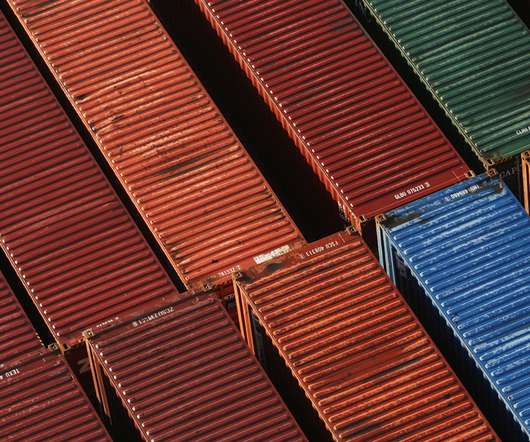

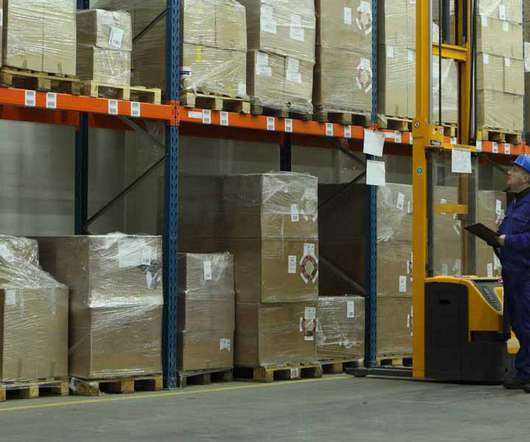
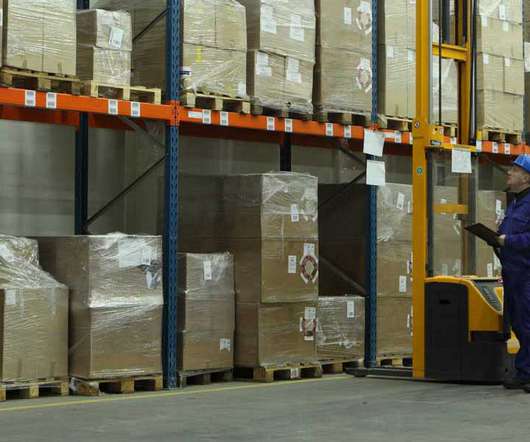



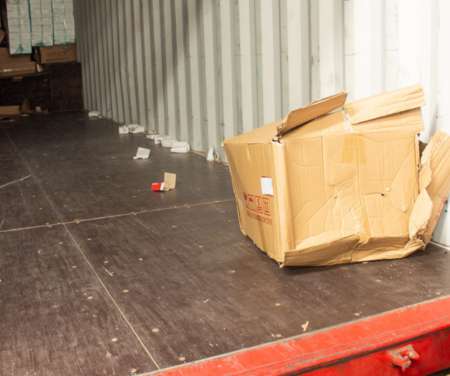
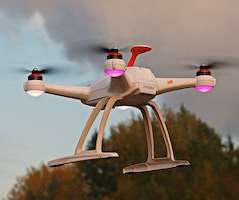










Let's personalize your content